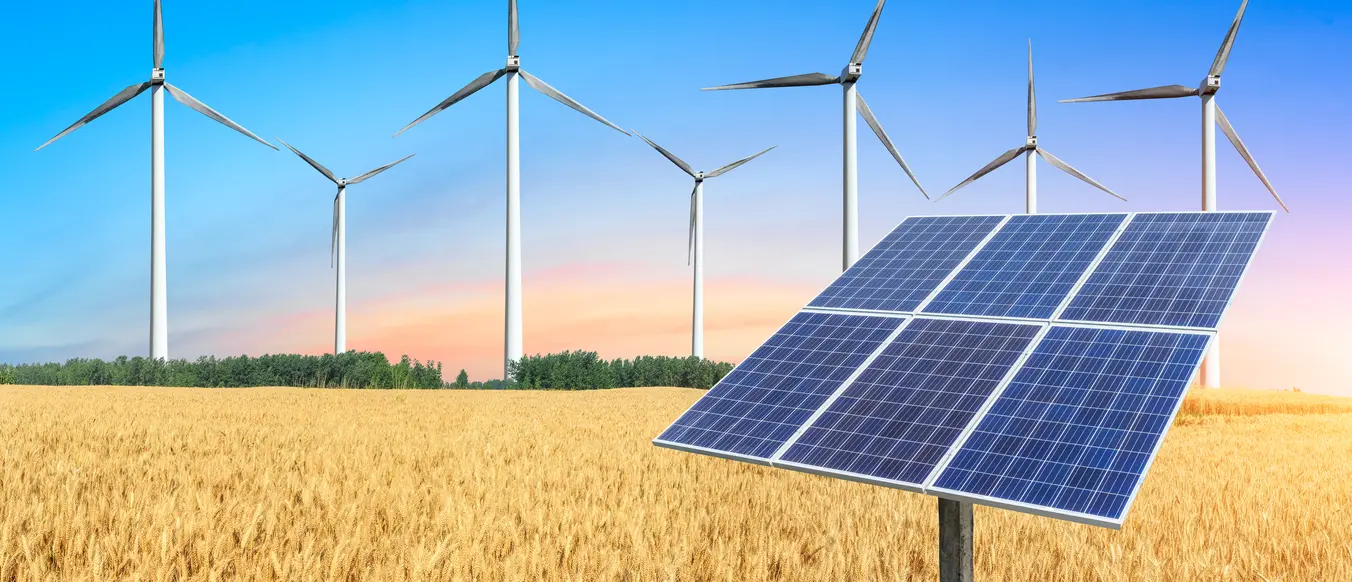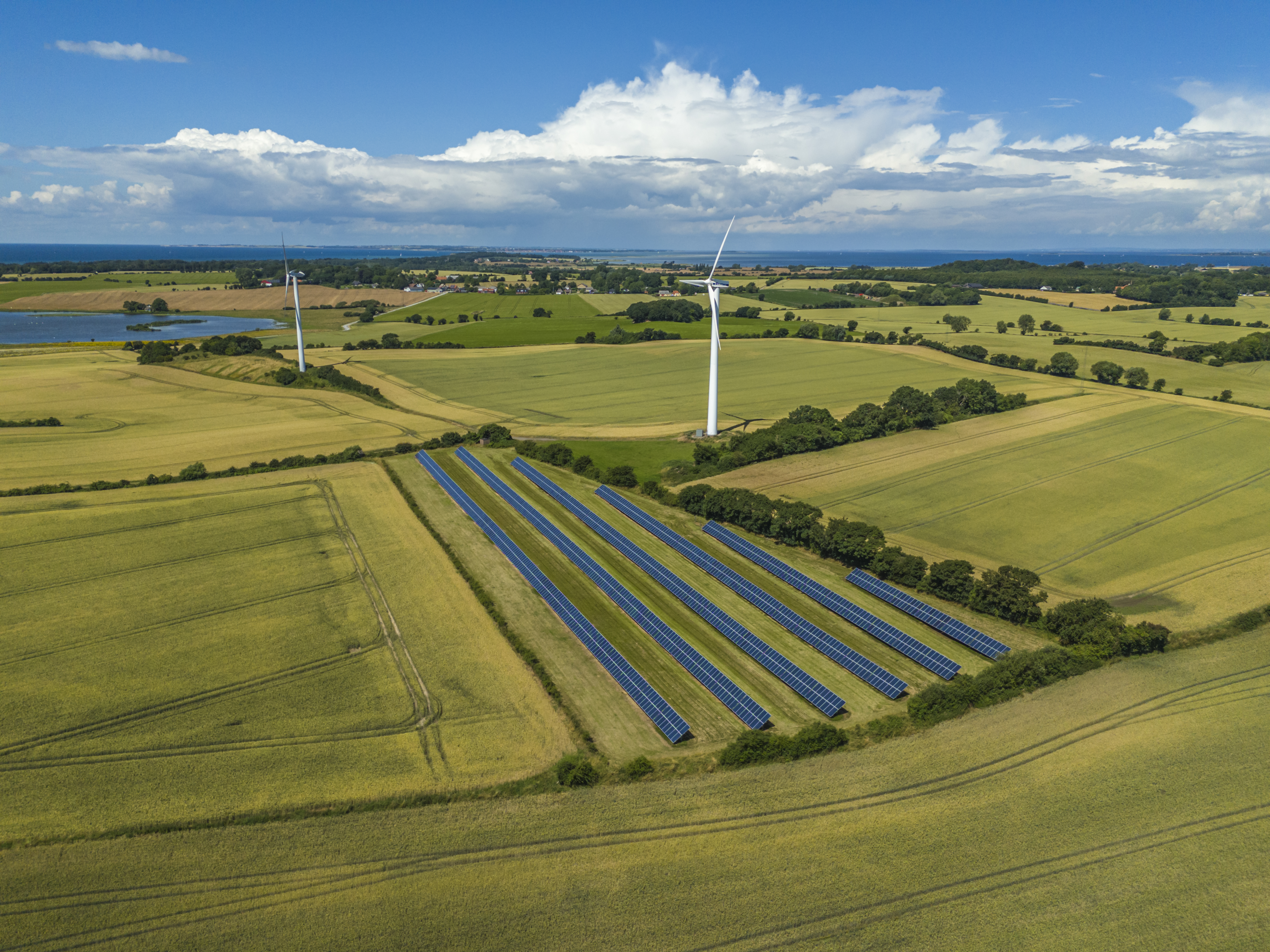Understanding 45Z: World Kinect experts respond to Frequently Asked Questions (FAQs)

Understanding the impact of 45Z on low-carbon fuels
Navigating the complexities of energy, sustainability, and logistics can be overwhelming, but World Kinect's experts are here to help. In this blog, we tackle the most frequently asked questions related to Section 45Z in the United States, a tax credit designed to promote the production of low-carbon transportation fuels. With significant changes set to take effect in 2025, including Renewable Energy Certificates (RECs) in the program, understanding 45Z is crucial for organizations looking to capitalize on new opportunities while mitigating risks.
Let's dive in and explore the answers to your pressing questions.
What is the Section 45Z Clean Fuel Production Credit?
Section 45Z is a performance-based tax credit for producers of clean transportation fuels, effective from January 1, 2025, through December 31, 2029. It rewards fuels with lower lifecycle greenhouse gas (GHG) emissions, replacing several older fuel credits under the Inflation Reduction Act (IRA).
Who is eligible to claim the credit?
To qualify:
- The taxpayer must produce clean fuel at a qualified facility in the U.S.
- The fuel must be sold to an unrelated party for use or resale.
- The producer must be registered with the IRS using Form 637 under activity codes:
- “CN” for non-SAF fuels
- “CA” for SAF
How is the credit amount calculated?
The credit is based on:
- A base rate per gallon (or gallon-equivalent).
- Multiplied by a factor based on the fuel’s carbon intensity (CI) relative to a baseline.
- Bonus rates apply if the prevailing wage and apprenticeship (PWA) requirements are met.
What types of fuels qualify?
Eligible Fuel Types, include:
- SAF (distinction only until January 1st, 2026)
- Renewable Diesel
- Biodiesel
- Ethanol (especially from climate-smart agriculture)
- Compressed Natural Gas (CNG) and Liquefied Natural Gas (LNG) from renewable sources
To qualify, fuels must:
- Be produced in the U.S.
- Be sold to unrelated parties
- Meet lifecycle GHG emissions thresholds using the 45ZCF-GREET model
What is the 45ZCF-GREET model?
This is a custom GREET model developed by the Department of Energy (DOE) to calculate the lifecycle GHG emissions of fuels for 45Z compliance. It incorporates:
- Feedstock emissions
- Production process emissions
- Transportation and distribution emissions
Can Environmental Attribute Certificates (EACs) be used to reduce CI?
Yes. EACs like RECs or climate-smart agriculture credits can be used to demonstrate the use of low-carbon inputs, provided they are:
- Traceable
- Verified
- Not double-counted
EAC eligibility is based on the “Three Pillars” of Environmental Attribute Certificate (EAC) eligibility. Originally developed for the Section 45V Clean Hydrogen Tax Credit, the pillars are now being referenced in the context of Section 45Z Clean Fuel Production Credit as well, particularly when using Wind, Solar, Hydro renewable electricity to reduce the carbon intensity (CI) of fuels.
Here's a breakdown:
- Incrementality
- Definition: The renewable electricity used must come from renewable energy sources built within three years of the in-service date of the fuel-producing project.
- Purpose: Ensures that the clean energy is additional, not just diverted from existing uses.
- 45Z implication: EACs must be tied to new renewable generation that wouldn’t have occurred without the fuel production demand.
- Temporal Matching
- Definition: The timing of electricity generation and fuel production must closely align to when the fuel is produced. Hourly matching requirements are supposed to begin after 2030.
- Purpose: Prevents mismatches where clean energy is generated at one time but claimed for use at another.
- 45Z Implication: EACs must represent electricity generated during the same time window as the fuel production process.
- Deliverability (Geographic Matching)
- Definition: The renewable electricity must be physically deliverable to the location of the fuel production facility.
- Purpose: Ensures that the clean energy could realistically have powered the facility.
- 45Z Implication: EACs must come from sources within the same regional grid or transmission network.
What documentation is required?
- Registration with the IRS (Form 637)
- Lifecycle emissions calculations using 45ZCF-GREET
- Sales records showing qualifying transactions
- EAC documentation, if applicable
- Third-party verification of emissions and inputs
What are the key risks or challenges?
- Regulatory uncertainty as current guidance (e.g., Notice 2025-10) is not final and may change.
- Complexity in emissions modeling and documentation
- Audit risk if records are incomplete or improperly verified
- Market access to qualifying feedstocks and EACs

Conclusion
45Z represents a transformative opportunity for businesses across biofuels, agriculture, and transportation. By understanding its impacts and implementing strategic initiatives, organizations can maximize financial incentives, drive sustainability, and gain a competitive edge in the evolving clean energy market.
As the policy landscape evolves, staying proactive, informed, and adaptable will be key to successfully navigating the 45Z framework.
Request a call with World Kinect
World Kinect can transact quickly to deliver RECs that meet the guidance outlined in the 45Z and 45V tax provisions. By securing RECs, ethanol producers can reduce their CI scores, capture value in the producer tax credit provisions, and maximize their financial incentives.
Contact World Kinect today to explore how RECs can enhance your clean fuel strategy!



